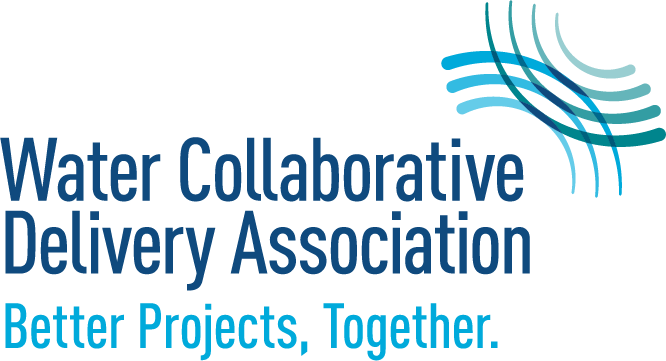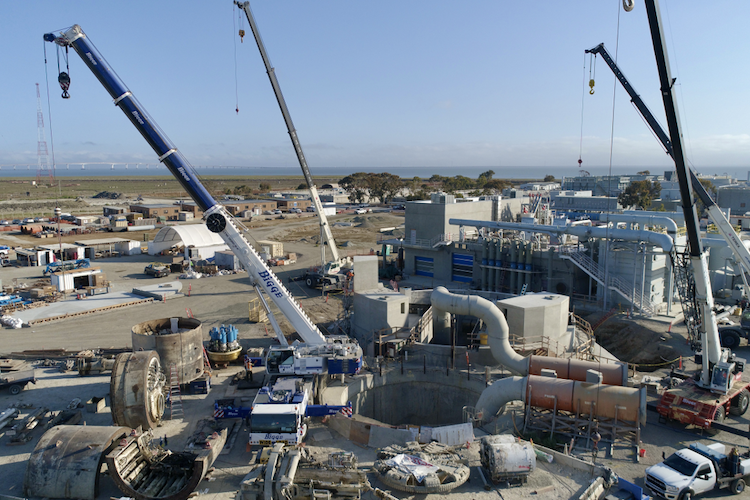The pandemic may be over, but we have yet to recover. Across the US, there is a shortage of skilled labor. As a result, industries are struggling to find ways to do more with less, without sacrificing quality, safety, or performance.
In public works, this shortage strikes at the heart of the procurement process: the competitive bid. There are too many opportunities and not enough people to perform the work to capture projects under traditional models. This leaves public agencies struggling to find consultants and contractors to design and build their projects.
For these reasons, collaborative delivery methods are gaining in popularity, helping agencies bring in competitive and qualified bids, working with right-sized teams that deliver quality design and construction, and letting agencies and contractors spend less time on the bid process and more time on creating successful outcomes.
Currently, in many locales there is a severe shortage of skilled labor at all levels, affecting owners, engineers, builders, and specialized craft labor. These shortages delay projects and increase costs when the traditional design-bid-build process is used. Progressive design-build (PDB) projects can help resolve many of these issues. By combining design and construction into a single contracting team, PDB streamlines the bid process, reducing cost and effort for bidders and increasing the appeal of submitting a proposal.
Because PDB is typically based on best-value selection, considering the quality of the team to perform the work rather than cost and price alone, the quality of bids tend to be higher. Owners can select teams based on qualifications, project approach, key personnel, and submitted pricing information knowing that the cost will be negotiated later. This process also reduces the administrative time compared to design-bid-build as there is only one proposal process and contract to manage and one entity with whom to negotiate.
Breaking down a project into smaller, more manageable phases and coordinating the different phases carefully can allow construction to begin while portions of the design are still being completed. This can significantly shorten the overall project timeline. Rather than having multiple design teams working in parallel, a single team can manage the design work in sequence, which can help to streamline the process and reduce costs. Additionally, a smaller construction team may be used, as each design package will enter construction in sequence rather than all at once.
The design and construction teams, working together with the owner, can conduct value engineering; assess constructability, materials, means and methods, and supply chain issues early; and plan for procurement of long-lead time equipment in advance. Because the PDB team unites design with construction, the team works with the owner to solve problems early, quickly, and through consensus.
Beyond single projects, PDB can be applied to large programs. For example, Silicon Valley Clean Water’s Regional Environmental Sewer Conveyance Upgrade (RESCU) program is managing three major projects as separate, concurrent PDB projects, each over $100 million—gravity pipeline, pump stations improvements, and front of plant (new raw wastewater 80 mgd receiving lift station, headworks, and new influent line to the existing wastewater treatment plant). Packaging this program in smaller pieces creates more manageable projects for both the owner and the PDB teams. Each project contains separate design plans and packages. For the gravity pipeline project, the first work package was the procurement of the tunnel boring machine (TBM) to allow the year-long fabrication of the TBM to begin while the remainder of the design was being finalized. This collaborative decision alone reduced the project schedule by one year.
The PDB collaborative approach, when done right, eliminates the contentious and adversarial relationship between the designer and the construction team that can be encountered in a traditional design-bid-build process. Due to its highly collaborative nature, the overall PDB process can speed project delivery without sacrificing quality. PDB delivers at every level while also helping agencies do more with less.
Featured photo: Tunneling completed: TBM retrieval at the new headworks (July 2021). Photo courtesy of SVCW RESCU Program.

